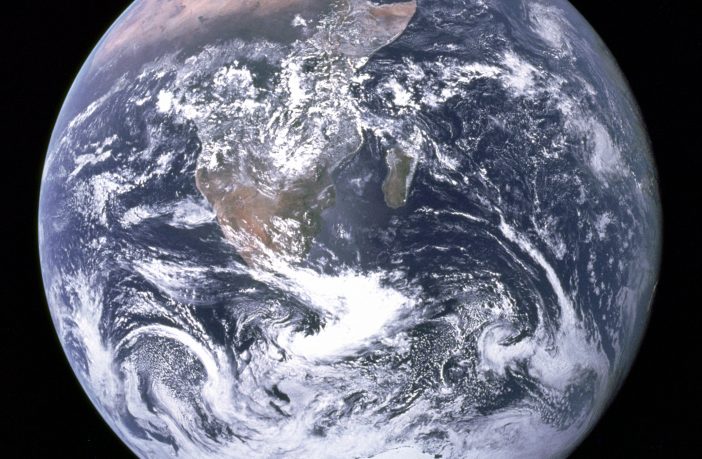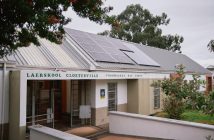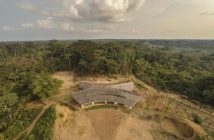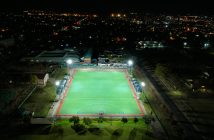Curious Kids is a series for children in which we ask experts to answer questions from kids.
What is the Earth made of? (Zamo, 3, Nairobi)
The Earth started out as a ball of very, very hot liquid. This liquid was mostly made of two elements called oxygen and silica.
But there were small amounts of other elements too. In fact, it was a mixture of almost every element in existence. This all happened around 4.6 billion years ago – that’s a really long time, so long that we can’t even imagine it.
Over time, Earth began to cool down. The heavier elements, like iron and nickel, sank into the centre of the planet (the core). And it’s hot: the Earth’s core is as hot as the surface of the sun, so hot that we wouldn’t be able to go near it, let alone touch it. But you don’t have to worry about getting too close. Wherever you are, whether in Kenya, China or Brazil, the core is around 1800 miles below your feet. This means we will never be able to visit it.
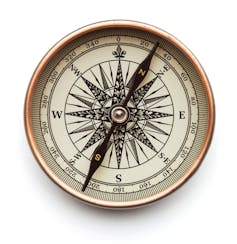
Shutterstock Even though we can’t actually go to the Earth’s core, we know some things about it. We know, for example, that the core is full of iron, because Earth acts like a giant magnet, drawing some elements to it. This magnetic core is very useful: it means we can use a compass to find our way, like sailors in the ocean.
The Earth’s crust
Early on in Earth’s history, minerals began to form. Lighter minerals floated up toward the surface and formed a thin crust of rock around the outside of the planet (which we now live on top of). If Earth was the size of a plum, the rocky crust would be a bit like the thin purple skin. If we want to see below the surface, we can drill down into the crust for thousands of meters.
The crust is mostly made of minerals such as quartz, feldspar and mica. These are the shiny crystals in granite rocks, which you can see in the southwest of Kenya. Over long periods of time these minerals break down into small pieces and are carried around by winds, currents and waves to form soft sediments like sand. Look out for sediments when you are by a river, a lake or a beach.
The crust is made up of huge blocks of rock that move around the Earth’s surface very slowly – as slowly as your fingernails grow. The movement of these plates over millions of years causes continents to split apart and smash together. Right now, East Africa is splitting into two pieces along the Great Rift Valley and one day in the distant future, the rift may be flooded by the sea.
In between the core and the crust is a hot, squishy body of rock called the mantle. The mantle is mostly made of a mineral called olivine, which is a beautiful shade of green. The hot mantle has currents that flow like treacle. These slow currents push the plates of rock around at the surface.
The “blue planet”
But what makes Earth really special is the part above the crust. Our planet is nicknamed the “blue planet” because it is covered with water. Can you imagine a planet with no seas, no rivers, and no rain? It would be a very sad place, because there would be no animals or plants.
There’s a reason Earth is called “the blue planet”. Above the water and the land is a thick layer of gas called the atmosphere. Our atmosphere protects us from the sun’s powerful rays, and it is full of oxygen – the gas we all need to breathe.
Of all the planets in the solar system, there’s a reason we call Earth home. It’s made of just the right stuff. It’s not too small, or too big, or too hot or too cold. It’s just right.
Hello, curious kids! Have you got a question you’d like an expert to answer? Ask an adult to send your question to africa-curiouskids@theconversation.com. Please tell us your name, age, and which city you live in. We won’t be able to answer every question but we will do our best.![]()
Rosalie Tostevin, Lecturer, University of Cape Town
This article is republished from The Conversation under a Creative Commons license. Read the original article.









